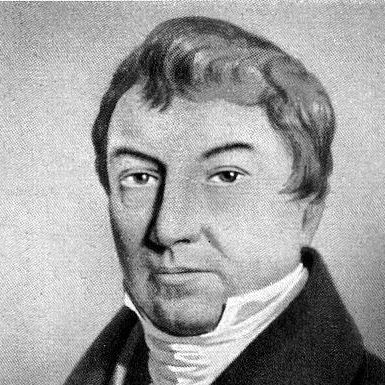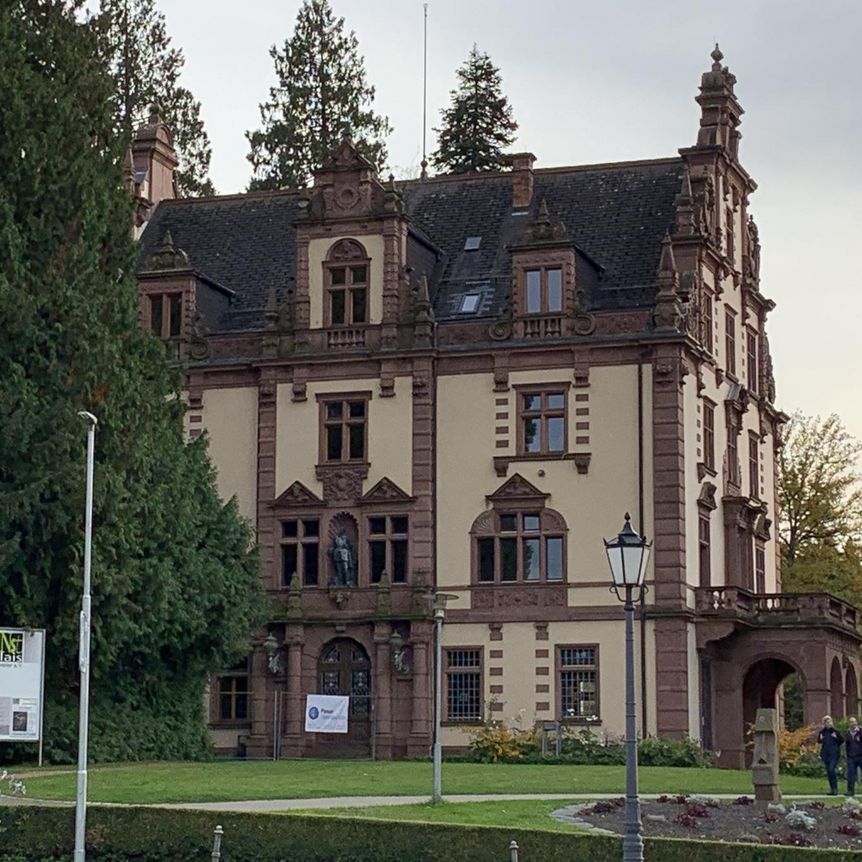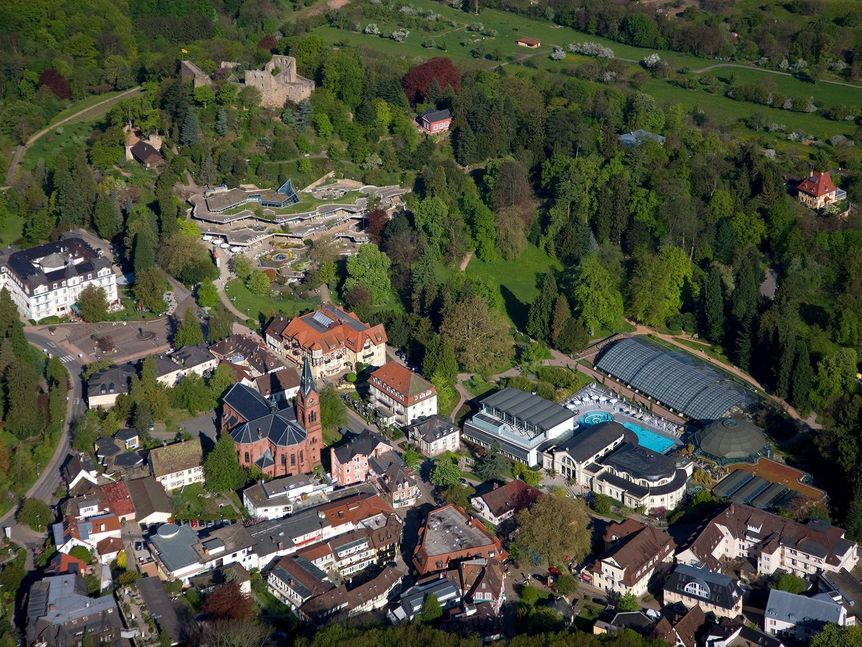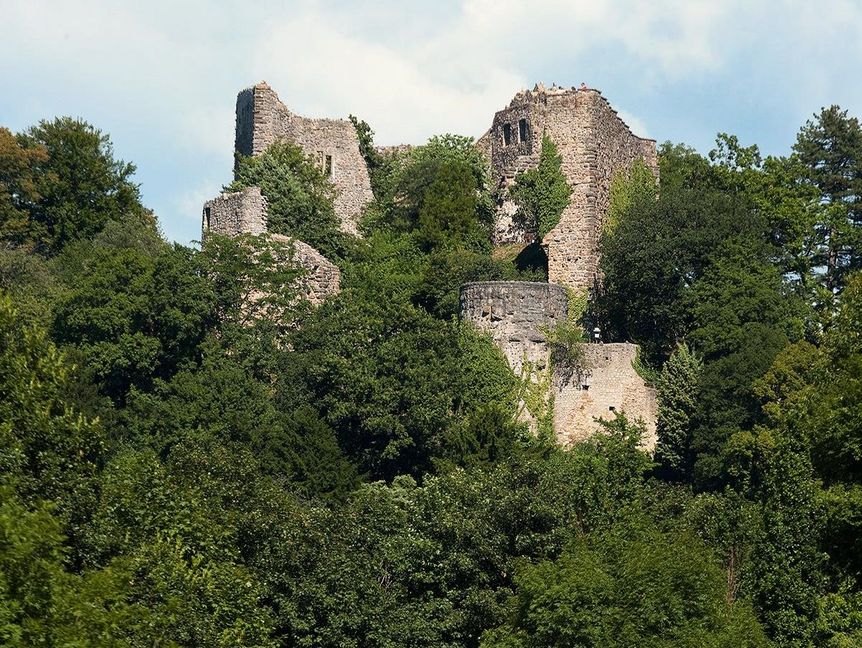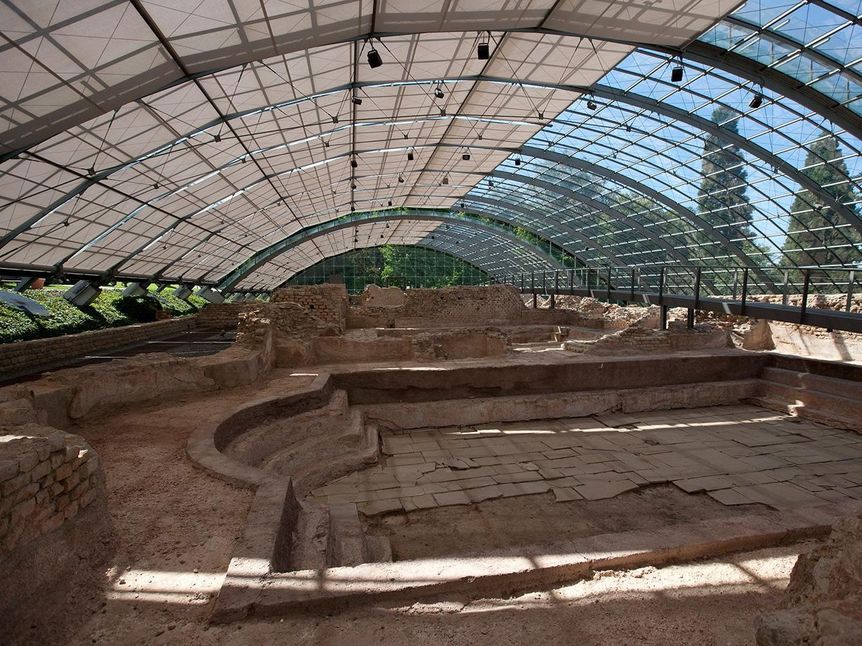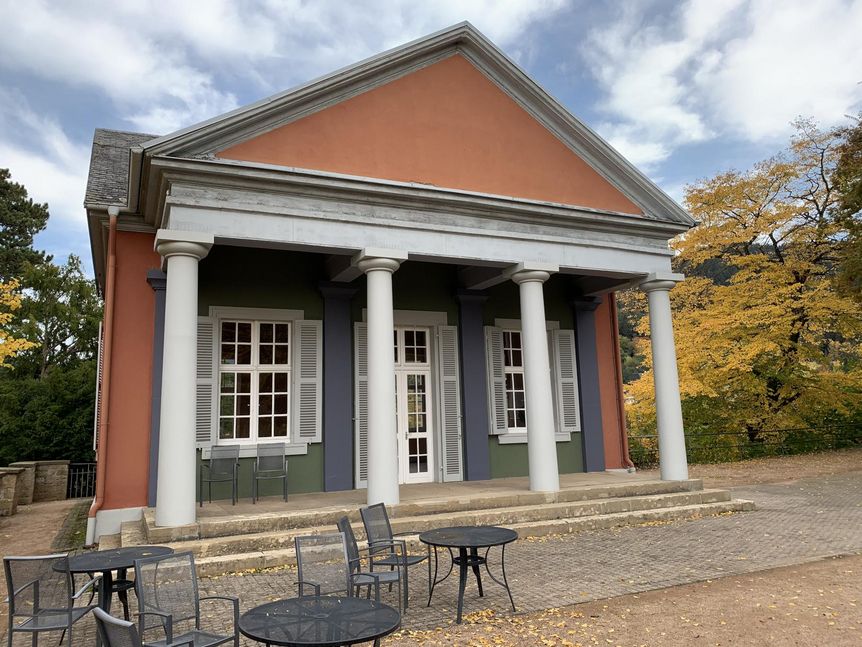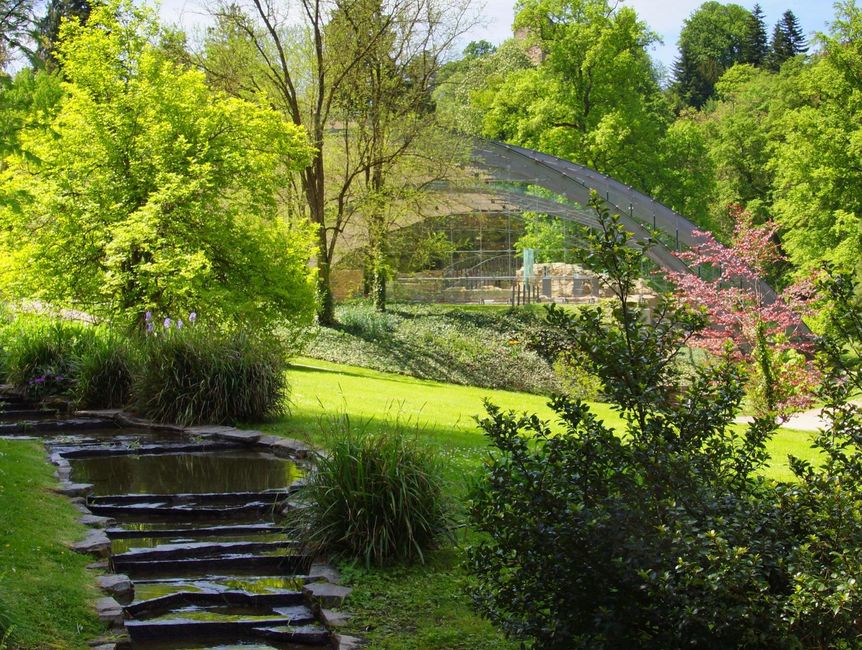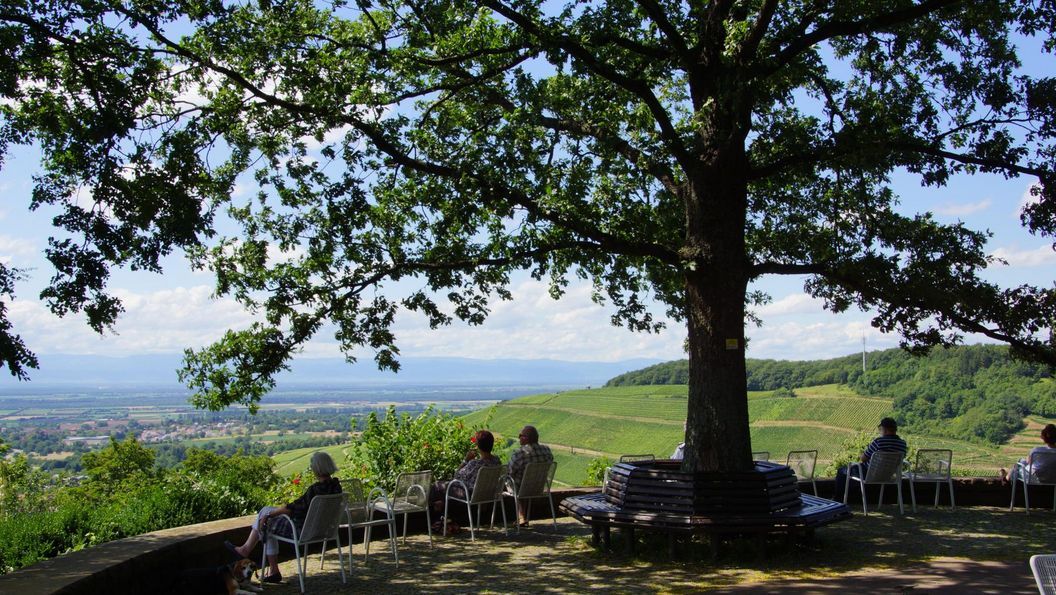Grand-Ducal Landscape Garden with rare treesBadenweiler Parks
Laid out in the 19th century based on the model of English parks, Badenweiler Parks are today among the spa parks with the largest number of tree species in Germany. Their impressive buildings date back to various eras, including the Grand Ducal Palace, the Belvedere, the Spa, the Roman Bath Ruins and Badenweiler
Castle.



